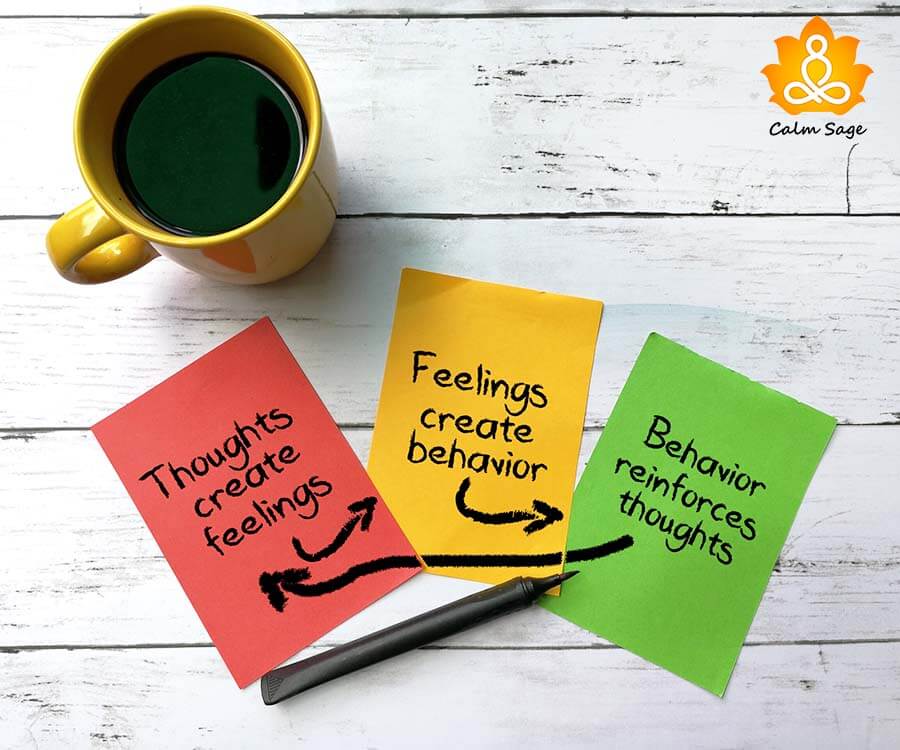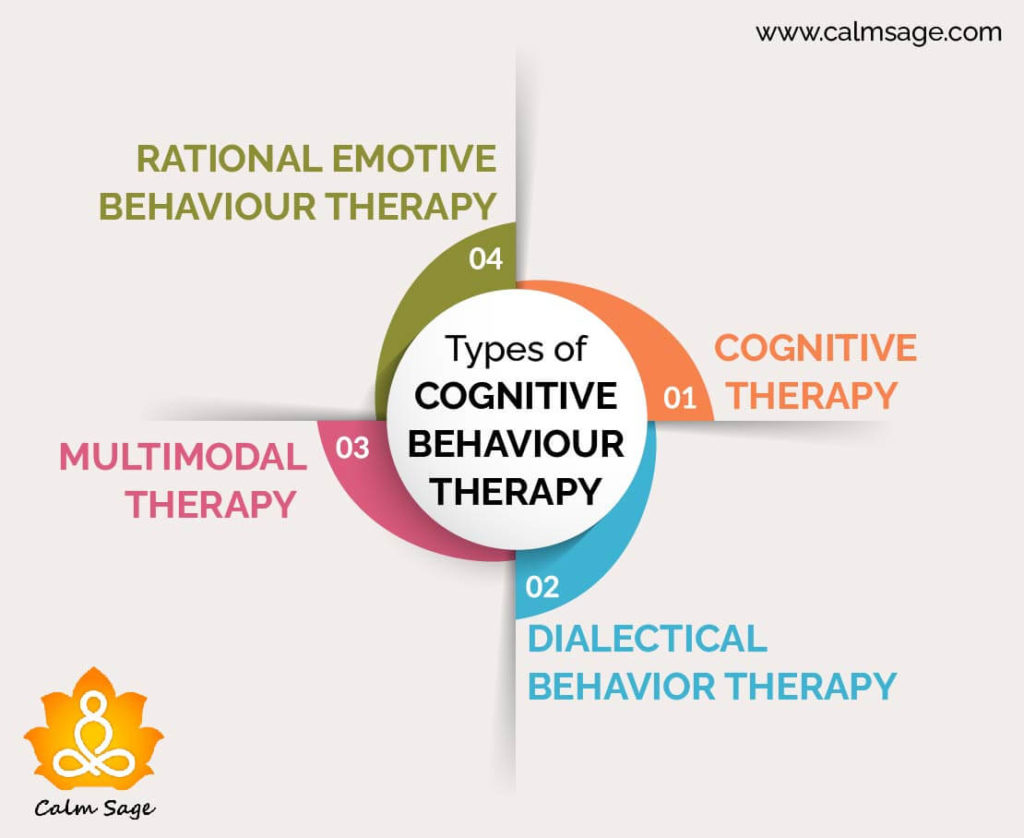Mini-Guide: Cognitive Behavioral Therapy (CBT)

This blog covers:
What is Cognitive Behavioral Therapy (CBT)?
Types of CBT
Uses of CBT
Impacts of CBT
Strategies applied in CBT
What is Cognitive Behavioral Therapy (CBT)?
A form of therapy based on psychotherapeutic treatment to help identify and change disturbing negative thinking patterns that have a bad influence on emotions and behavior.
CBT therapy basically aims on altering the negative thoughts which lead to anxiety and depression. CBT works on bringing change in a negative thinking pattern which influences the bad mood. CBT identifies, challenges, and replaces negative thoughts with objective and realistic thoughts. CBT includes role-playing, mental distractions, journaling, and relaxation techniques.

Types of CBT(Cognitive Behavioral Therapy):
CBT includes various techniques and approaches which aim at emotions, behaviors, and thoughts. Such techniques are structured on the basis of self-help materials of psychotherapy. The four basic and commonly used types of CBT approaches are covered below. Each type of therapy works on the different types of approaches and addresses to change thinking patterns which helps in improved mental wellbeing.
1. Cognitive Therapy
Cognitive therapy works on the identification and alteration of distorted thinking patterns, behavior, and responses.
2. Dialectical Behavior Therapy (DBT)
DBT works on behaviors and thoughts with the incorporation of strategies like mindfulness and emotional regulation.
3. Multimodal Therapy
Multimodal therapy works on psychological issues that address seven different but interconnected models like behavior, sensation, cognition, biological, interpersonal, affection, imagery considerations.
4. Rational Emotive Behavior Therapy (REBT)
REBY focuses on the identification of irrational beliefs, challenges those beliefs, and converts them into learning of recognition and alteration of such negative thinking patterns.

Uses of CBT
CBT is known to be effective for short-term treatment that highly focuses on helping people with specific issues and teaches them to focus more on present moments, thoughts, and beliefs. Cognitive behavioral therapy highly focuses on activating present moment thoughts. The therapist works towards goals. The process is explained to the person for a better understanding between therapy and sessions. The most common problems addressed by psychologists through CBT are:
- Anger issues
- Addiction
- Anxiety
- Depression
- Bipolar disorder
- Panic attacks
- Personality disorders
- Eating disorders
- Phobias and irrational fears
- Stress
- ADHD
- PTSD
Impacts of CBT
The main aim of CBT is to change negative thoughts into mindfulness which includes various techniques to change the behavior. The goal is to teach people to think in a positive manner with mindfulness. CBT is becoming the most commonly used therapy because it works on thinking pattern which improves overall mental wellness and other common reasons are:
- Awareness of the negative and unrealistic thoughts which improves healthy thinking patterns.
- Effective short-term option for treatment
- Works on emotional distress which does not require psychotropic meditation
- Helps people overcome maladaptive behaviors.
- Affordable than other therapies.
Strategies applied in CBT
Problematic behaviors which cause emotional distress in work, relationships, family, and academics can be solved by CBT. Some common strategies applied in CBT are:
1. Identification of negative thoughts
CBT targets feelings, thoughts, situations which contribute towards maladaptive behaviors. However, the process is difficult but ultimately efficient to discover inner self and thoughts.
2. Practicing new skills
Practicing new skills provides strength for fighting real-world situations. It teaches us new ways of coping skills which help in dealing with tough situations.
3. Setting goals
Setting goals is the main step towards recovery from mental health and brings improvement in mental health. Goal setting includes identification of goals, goal distinguishing, smart goals, and focusing on the goal.
4. Problem-solving
Problem-solving skills help us in the identification of stressors and removing them completely from life. CBT with the perspective of problem-solving includes identification, generation of check-list, evaluation of strengths and weaknesses, selection of solving skills, and implementation of the solution.
I hope this blog helps you to understand everything about Cognitive Behavioral Therapy (CBT). For more such content, follow Calm Sage on all social media platforms.
Thanks for reading!
You may like These Also:
Cognitive Behavioral Therapy for Sleep Disorders





















This is very interesting and this is new for me , i love to read new things and i will definitely share with my loved one , must read article.
Negativity is a silent killer I understand it
I think Setting Goals is the best option you can opt for to get out of any negative state of mind.
My therapist recommended CBT but I was a little apprehensive about what this treatment covered. Thanks for helping me out
I have always been a rooter of CBT! This will definitely help many to understand this therapy!
Not everyone is quite okay with the therapy concept, however, all of us need to have a broad mind. You guys are doing a great job for breaking the stereotype.